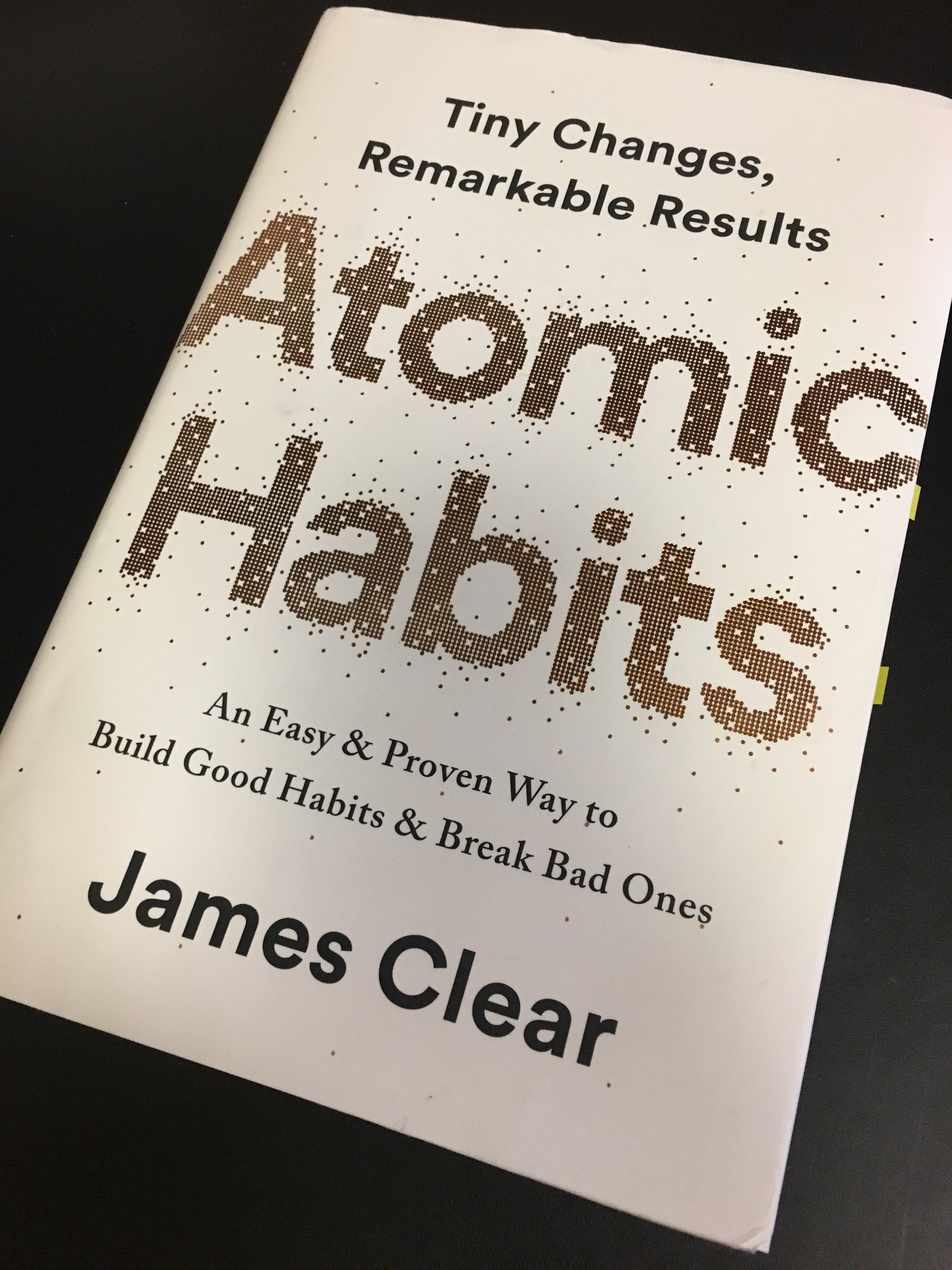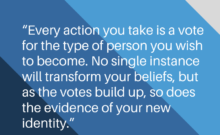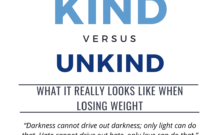Have you read Atomic Habits by James Clear yet? If not, I recommend it. Today, I thought I’d share some of my favorite highlights. If you haven’t heard about this best seller, it’s subtitle sums it up well — An Easy & Proven Way to Build Good Habits & Break Bad Ones.
The main meat of the book is where Clear discusses his strategies. To create a good habit, he says that you need to make it obvious, attractive, easy or satisfying. Conversely, to break a bad habit, you will want to make it invisible, unattractive, difficult or unsatisfying. Within these concepts, he breaks it down into actionable steps, and shares examples to show how it can be applied.
I really appreciate this simple and clean way to think about habits, and I have picked up new perspectives and tools to help me with my habit goals. But, some of my favorite bits of the book were in the early chapters, where he discusses concepts on why small changes make a big difference.
For example, the concept of the Plateau of Latent Potential. Clear says:
“If you find yourself struggling to build a good habit or break a bad one, it is not because you have lost your ability to improve. It is often because you have not yet crossed the Plateau of Latent Potential. Complaining about not achieving success despite working hard is like complaining about an ice cube not melting when you heated it from 25 to 31 degrees. Your work was not wasted; it is just being stored. All the action happens at 32 degrees.”
I appreciate this analogy, and think it can be helpful to remember as we create new habits. He goes on to explain that we tend to think our progress should be linear, but in reality the results of our efforts can be delayed, and more of a curve upward, instead of a straight line. When we aren’t aware of the plateau of latent potential, we can find ourselves in a “valley of disappointment” when things aren’t happening when we think they should. But, all things come from small beginnings and we just need to let that seed do it’s work, and not dig it up out of the ground before it’s ready to bloom.
He also says that we need to focus on systems, not goals. I think this is important as well. Goals are about the results we want (yet important for setting direction), systems are about the process that get us to the result we want.
“The goal in any sport is to finish with the best score, but it would be ridiculous to spend the whole game staring at the scoreboard. The only way to actually win is to get better each day. In the words three-time Super Bowl winner Bill Walsh, “The score takes care of itself.” The same is true for other areas of life. If you want better results, then forget about setting goals. Focus on your system instead.”
I think this is huge when related to weight wellness. I still see so many people get hung up on their goal weight, and how many pounds they need to lose. But, just as in football, the score (weight) takes care of itself. We just need to focus on our process on creating our healthier lives. The score/weight is just a metric.
The biggest point for me in his book that I really resonate with is Clear’s thought on how habits shape our identity, and vice versa. He says that are three layers to behavior change: 1) a change in your outcomes, 2) a change in your processes, and 3) a change in your identity. When we move from 1-2-3, these are outcome-based habits, when we move from 3-2-1, this is identity-based habits.
“Many people begin the process of changing their habits by focusing on what they want to achieve. This leads us to outcome-based habits. The alternative is to build identity-based habits. With this approach, we start by focusing on who we wish to become.”
When I read this, I just had an internal resounding “Yes!.” He says that true behavior change is identity change. We might start a habit because of motivation, but the only reason we stick with it is that it becomes part of our identity. Our habits will be more effective when we think about who we want to be, not what we want to achieve. When it comes to weight, I think this can be so useful. For example, instead of saying, “I want to lose 50 pounds”, it would be better to say, “I’m the kind of person who takes care of my mind and body, and wants to feel the best I can each day.” Then, with that sentence, it is so much clearer to see the habits that will support our identity beliefs. And doesn’t it just feel so much better and more energizing to think from this perspective?
All of the above is covered in the first few chapters. You’ll want to dive into the rest of the book to hear all about his strategies for behavior change. I also really appreciate that at the end of each chapter, he summarizes what he has covered so far as a review, and provides a cheatsheet of sorts. James Clear also sends out super interesting and helpful emails when you join his list. (And, no, I’m not getting anything for the praise, all just my opinion!).
Love to hear from you if you’ve read the book, and what your favorite takeaways are. Have you done anything differently since reading the book? Any success stories in habit creation to share?




Leave a Comment